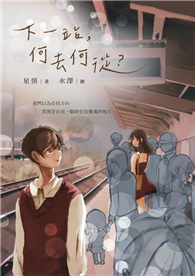Paul Delaroche: Painting and Popular Spectacle explores the connections between painting and an emergent popular visual culture in the early nineteenth century, which included new forms of optical entertainment such as Panoramas and Dioramas and innovation in fields such as illustration, art reproduction, and stage decor. Delaroche’s paintings caused a sensation at the Paris Salon, with critics comparing the emotional response they elicited to that of popular melodrama. Yet his appeal to a certain type of spectator lay behind the increasingly hostile criticism to which his works were subjected, and has in our own time led to his uncertain status in the art historical canon. This book focuses on Delaroche’s appeal to a newly expanded audience. Lacking in specialist knowledge, but nevertheless keen to engage with and deeply affected by art, the behaviour of this new public prompted lively discussions about who has the right to judge art and on what grounds.
Working across disciplinary boundaries, this book proposes a new reading both of Delaroche and of the connections between the arts in this period. The artist emerges as a figure at the cutting edge of an emergent trans-medial popular visual culture in which we see the formation of modern spectatorship.| FindBook |
有 1 項符合
Paul Delaroche: Painting and Popular Spectacle的圖書 |
 |
Paul Delaroche: Painting and Popular Spectacle 作者:Smyth 出版社:Liverpool University Press 出版日期:2022-06-15 語言:英文 規格:精裝 / 264頁 / 普通級/ 初版 |
| 圖書館借閱 |
| 國家圖書館 | 全國圖書書目資訊網 | 國立公共資訊圖書館 | 電子書服務平台 | MetaCat 跨館整合查詢 |
| 臺北市立圖書館 | 新北市立圖書館 | 基隆市公共圖書館 | 桃園市立圖書館 | 新竹縣公共圖書館 |
| 苗栗縣立圖書館 | 臺中市立圖書館 | 彰化縣公共圖書館 | 南投縣文化局 | 雲林縣公共圖書館 |
| 嘉義縣圖書館 | 臺南市立圖書館 | 高雄市立圖書館 | 屏東縣公共圖書館 | 宜蘭縣公共圖書館 |
| 花蓮縣文化局 | 臺東縣文化處 |
|
|
圖書介紹 - 資料來源:博客來 評分:
圖書名稱:Paul Delaroche: Painting and Popular Spectacle
|











